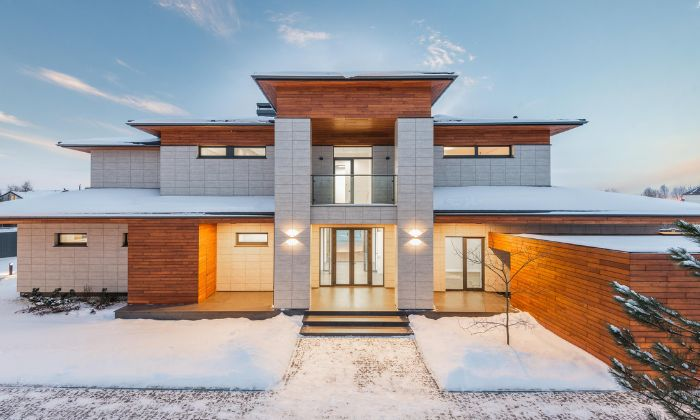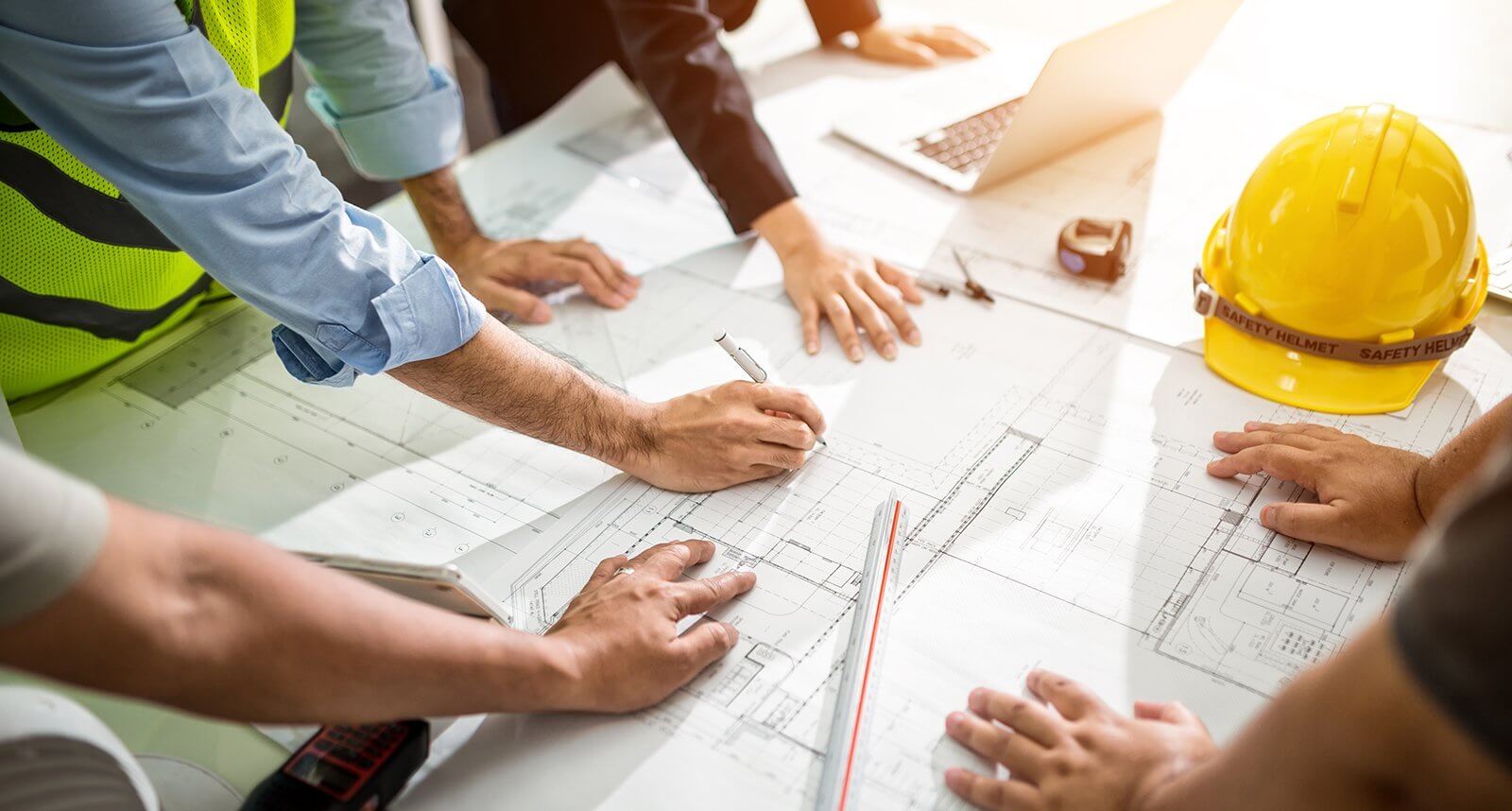Quick Snapshot
“Wooden cladding blends lasting elegance with modern innovation, offering warmth, sustainability, and design versatility. From urban landmarks to countryside retreats, it transforms buildings into timeless statements that harmonize with nature while delivering enduring performance and energy efficiency.”
Wooden cladding has long been a favored choice in modern architecture, seamlessly bridging the gap between traditional craftsmanship and contemporary design. With its ability to introduce natural beauty, texture, and warmth, wood remains a versatile solution for both residential and commercial projects. As sustainability becomes increasingly central in design, wooden cladding proves its value by offering aesthetic appeal and eco-friendly benefits. While options like composite decking have gained attention, wooden cladding continues to stand out, delivering timeless elegance that enhances any structure, both functionally and visually.

The Aesthetic Appeal of Wooden Cladding in Modern Design
Wooden cladding adds a unique, natural beauty to a building that no other material can replicate. Unlike cold, industrial materials like concrete or steel, wood brings a sense of warmth and organic texture that transforms any space. The beauty of wood lies in its varied grains, rich tones, and timeless appearance that improve with age, making it a perfect fit for contemporary architecture.
The natural color variations of wood, ranging from light oaks to deep mahoganies, allow designers to choose a hue that complements the surrounding environment. These colors can enhance the aesthetic value of a building, creating harmony with nature, whether in urban landscapes or rural settings. Moreover, as the wood weathers, it develops a unique patina, enriching the structure’s appearance over time.
Wooden cladding also offers an opportunity for creative design. Architects and designers can incorporate various textures, from smooth, polished finishes to rough, raw cuts, to suit the overall theme of the structure. Whether used as a primary exterior material or as an accent, wood allows for a high degree of customization, making it an ideal material for achieving a personalized aesthetic.
The Sustainability Factor: Why Wooden Cladding Is Environmentally Friendly
In today’s world, sustainability is a core consideration in architectural design. Wooden cladding aligns perfectly with the growing demand for environmentally responsible building materials. Wood, as a renewable resource, is far more sustainable than other cladding options such as aluminum, vinyl, or composite materials, which often rely on non-renewable resources and are usually difficult to recycle.
If obtained from sustainable sources, wood can serve as an eco-friendly option. Sustainably managing forests plays a crucial role in reducing carbon emissions. Additionally, wood is biodegradable and requires less energy to produce compared to alternatives like cement or steel, both of which have significant carbon footprints.
Moreover, many modern architects are opting for reclaimed wood in their projects. Using reclaimed wood cladding reduces the need to cut down new trees, contributing to the conservation of forests. It also adds a layer of character and history to the building, further enhancing the timeless nature of wooden cladding.
Durability and Maintenance: How Wooden Cladding Stands the Test of Time
One of the main reasons wooden cladding has endured throughout architectural history is its exceptional durability. When treated and maintained correctly, wood can withstand harsh weather conditions, including heavy rains, winds, and intense sunlight. Certain wood species, such as cedar and redwood, are naturally resistant to decay, rot, and insects, making them ideal choices for cladding.
Furthermore, modern treatments and finishes have improved the longevity of wood, ensuring that it can withstand the elements for decades without losing its charm. Weatherproof coatings, for instance, protect wooden cladding from moisture damage, preventing it from warping, cracking, or discoloring. As a result, wooden cladding is an investment that can continue to add value to a building for years.
While wooden cladding does require periodic maintenance, it is not as labor-intensive as other materials. A simple cleaning, resealing, or re-staining every few years is typically all that is needed to keep the wood looking fresh and beautiful. For those seeking a low-maintenance option, manufacturers now offer pre-finished wood cladding products that resist staining and fading, reducing the frequency of upkeep.
Versatility in Design: Wooden Cladding in Different Architectural Styles
Wooden cladding’s adaptability is one of its key strengths. It can be used in a variety of architectural styles, from traditional to contemporary, making it a popular choice for both new builds and renovations.
In modern architecture, wooden cladding has gained significant popularity due to its ability to soften the sharp lines and hard edges often associated with minimalistic, industrial designs. The addition of wood creates a tactile, inviting feel, breaking up the coldness of concrete or metal surfaces. Whether used in the form of horizontal or vertical planks, shingles, or panels, wood brings texture and warmth to any building, enhancing its visual appeal.
Wooden cladding is also ideal for hybrid designs that blend modern and rustic elements. In homes that combine sleek glass facades with natural stone or wood, the cladding serves as a focal point, bridging the gap between contemporary materials and the organic beauty of nature. This versatility is what makes wooden cladding a timeless choice that can evolve with architectural trends.
Enhancing Energy Efficiency with Wooden Cladding
Wooden cladding contributes significantly to a building’s energy efficiency by enhancing its thermal insulation properties. Wood naturally regulates temperature fluctuations, keeping interiors warmer in winter and cooler during summer. This ability to act as a thermal buffer helps reduce the reliance on mechanical heating and cooling systems, leading to lower energy consumption. As a result, homeowners can benefit from reduced utility bills while maintaining a comfortable indoor environment year-round.
Applying wooden cladding to the exterior of a building provides an additional layer of insulation. This layer serves as a barrier against outdoor temperature extremes, which makes indoor spaces more energy-efficient. Furthermore, wood’s low thermal conductivity ensures that it retains heat within the structure, preventing heat loss. This property is particularly advantageous for residential buildings, where energy efficiency plays a crucial role in reducing long-term operational costs and environmental impact.
The design of wooden cladding can also contribute to energy efficiency through the incorporation of an air gap between the cladding and the building’s core insulation. This space allows for better air circulation, enhancing the building’s overall ventilation. The result is improved temperature regulation and moisture control, which lowers the risk of mold formation while enhancing indoor air quality. This thoughtful approach to design helps ensure that wooden cladding not only serves as a beautiful architectural feature but also provides practical benefits for energy conservation.
The Cost-Effectiveness of Wooden Cladding
Wooden cladding stands out as a cost-effective option when compared to other exterior materials like stone, brick, or metal. Sourcing and installing wood typically involve lower upfront costs, making it an appealing choice for both residential and commercial projects with budget constraints. Additionally, the growing availability of pre-fabricated panels further simplifies the installation process, reducing labor costs and project timelines.
Although wooden cladding may have a slightly higher initial cost than some synthetic alternatives, its long-term benefits often outweigh these early expenses. The material’s durability and resistance to wear and tear ensure that it does not require frequent repairs or replacements, thus offering a high return on investment. When considering the lifespan and minimal maintenance requirements, wood proves to be an economically sound choice.
Moreover, wooden cladding contributes to energy efficiency, indirectly saving money over time. By improving insulation and reducing the need for constant heating and cooling, buildings with wooden exteriors see a decrease in energy consumption, which results in ongoing savings. Therefore, while initial costs may seem higher, wooden cladding delivers considerable value over the building’s lifetime.
Wooden Cladding in Urban and Rural Settings: A Harmonious Connection to Nature
In urban environments, wooden cladding offers more than just aesthetic appeal—it creates a soothing connection between nature and the built environment. Wooden materials add texture and warmth to otherwise sterile cityscapes dominated by glass and steel. In parks, along tree-lined streets, or within green spaces, wooden cladding can be used to help buildings blend seamlessly into their surroundings. Its natural appearance softens the harshness of modern architecture, promoting a sense of calm and inviting people to engage with nature even within busy, industrial areas.
In rural settings, wooden cladding enhances the aesthetic value of buildings while strengthening their connection to the natural landscape. Its organic texture helps structures harmonize with fields, forests, and other natural features. Wooden exteriors can also be customized to match the hues and grains of the surrounding vegetation, creating a visual flow between the building and its environment. This seamless integration makes wooden cladding a favored choice for rural homes and cottages, preserving the integrity of the landscape.
The use of locally sourced wood in rural areas further promotes sustainability. By minimizing transportation costs and environmental impact, local timber helps reduce the carbon footprint of construction projects. Additionally, it supports local industries and economies, strengthening ties to the region. Choosing regional wood allows buildings to reflect the unique qualities of the area, preserving the authenticity and heritage of the landscape while contributing to sustainable design practices.
The timeless beauty of wooden cladding is evident in its enduring popularity in modern architecture. From its aesthetic appeal to its sustainability, versatility, and cost-effectiveness, wood offers an array of benefits that make it a natural choice for architectural design. As the demand for sustainable, eco-friendly materials grows, wooden cladding remains a symbol of the connection between humanity and nature.
Whether you’re designing a contemporary city apartment or a countryside retreat, wooden cladding brings a sense of warmth, character, and sustainability to any building. With its ability to adapt to different architectural styles and its enduring appeal, wooden cladding is undoubtedly a classic choice in modern architecture that will continue to inspire future generations of architects and designers.
Wooden cladding offers a rare balance of elegance, resilience, and environmental responsibility—qualities that leave a quiet yet enduring mark on the built environment. In choosing it, a design gains not only beauty but a legacy that will resonate for years to come.



